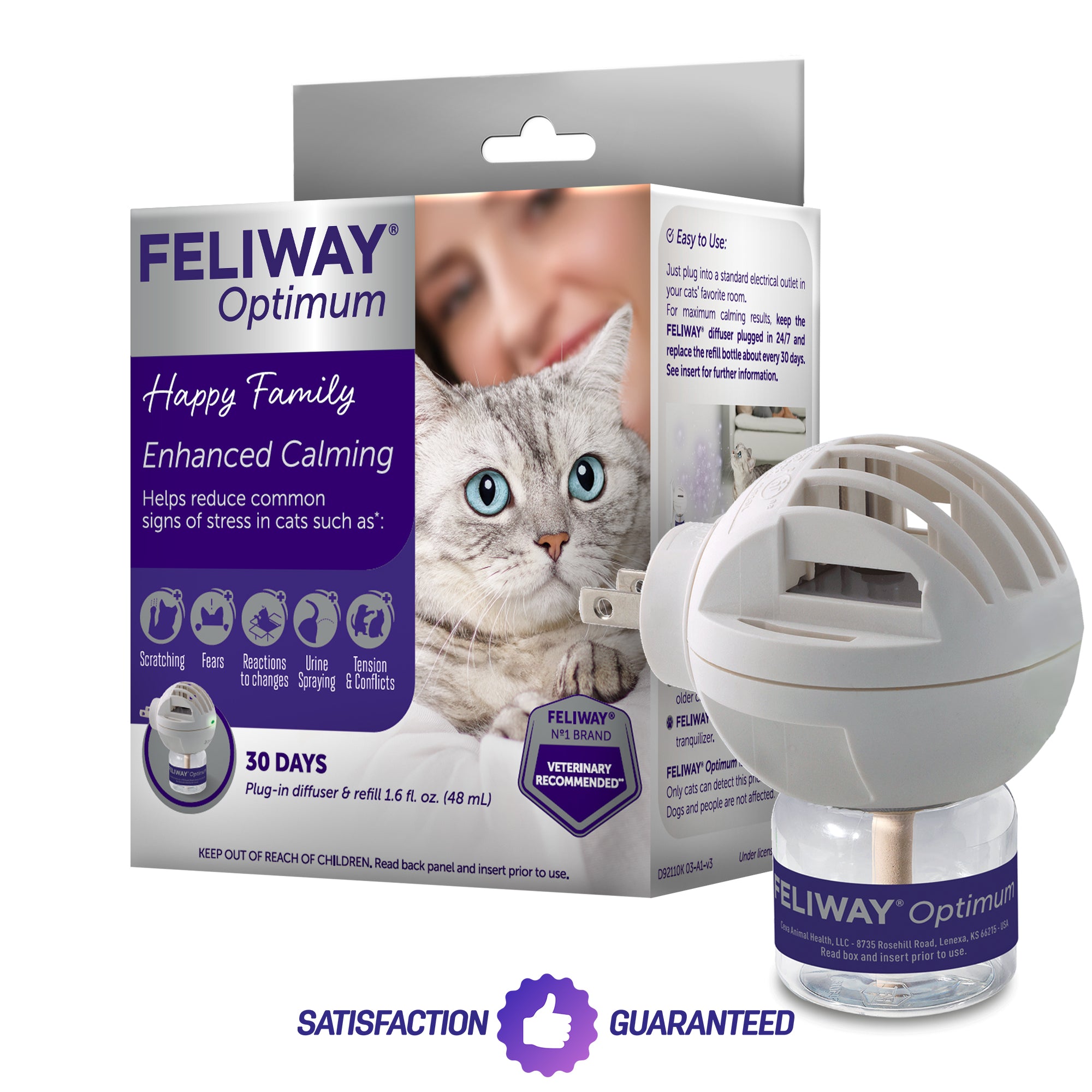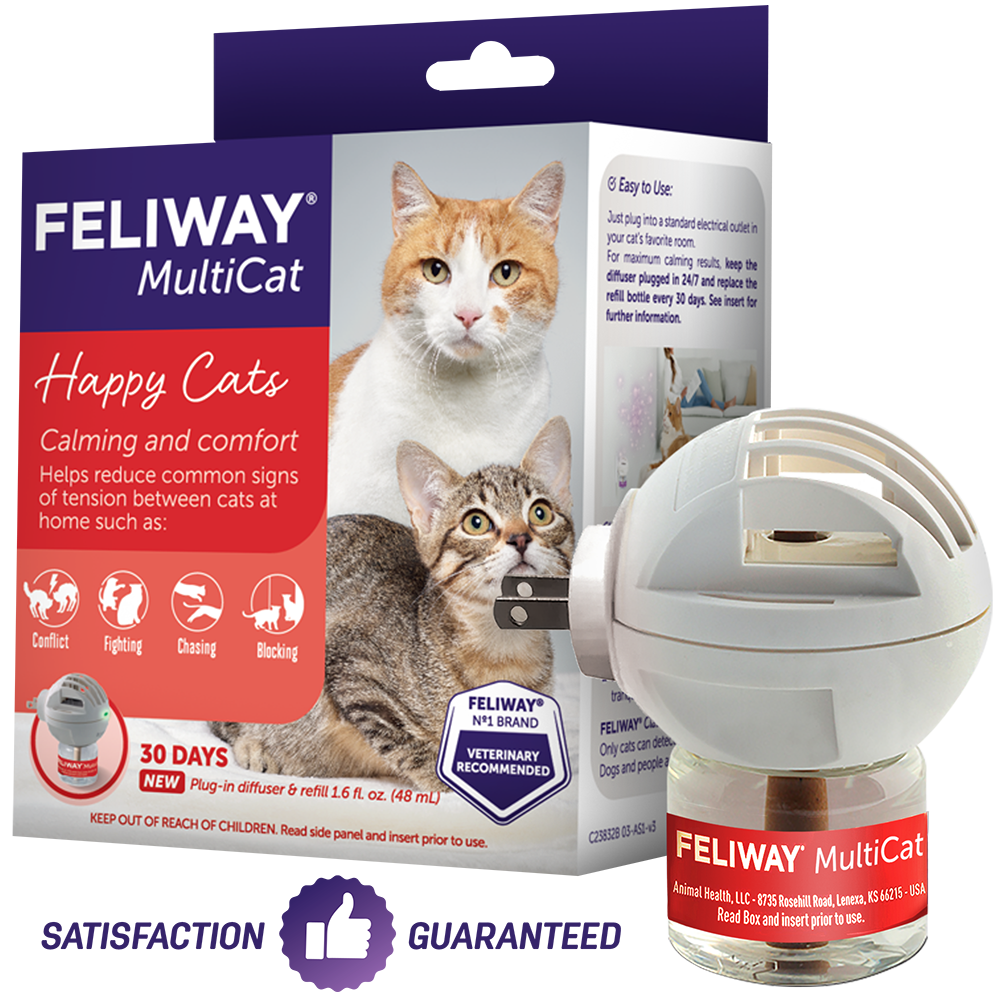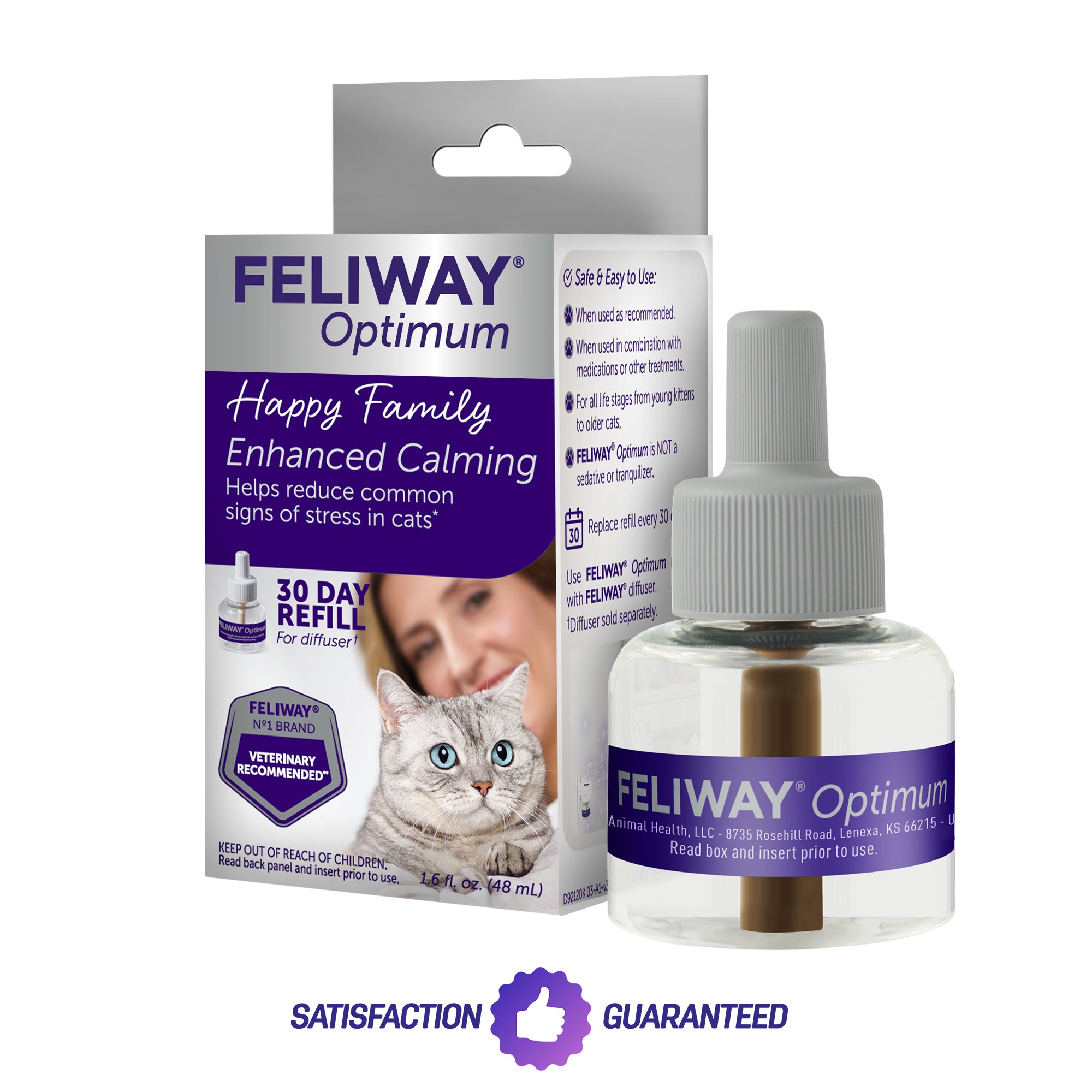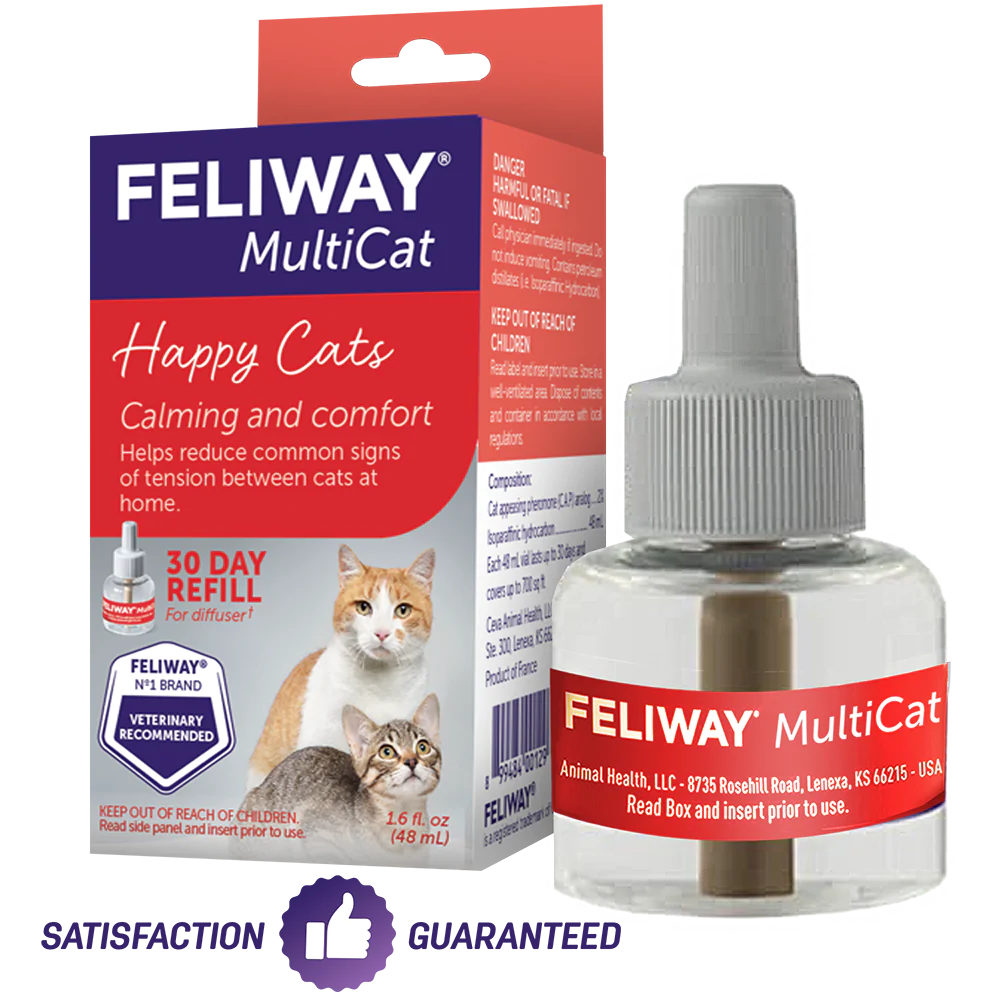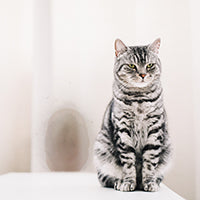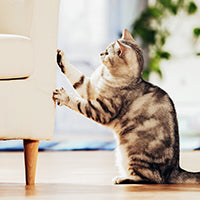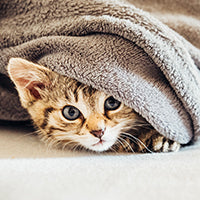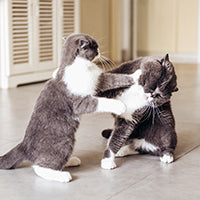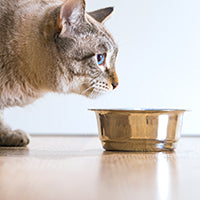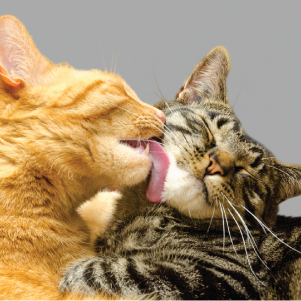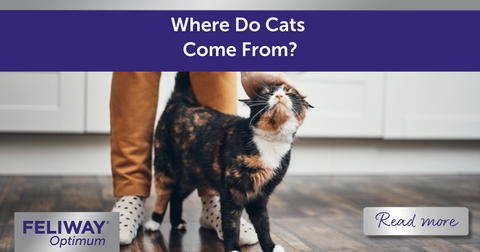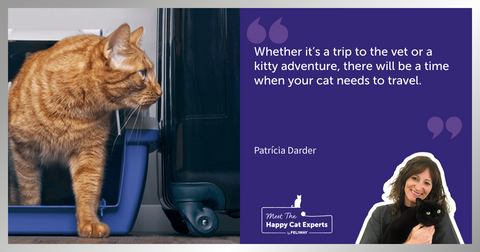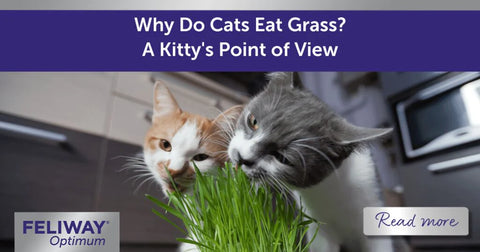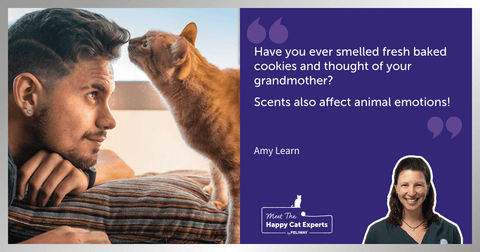
Why Does My Cat Chirp? And Other Curious Cat Sounds
Have you ever wondered why cats chirp? It’s a funny noise that many of us have probably noticed at some stage or another! Read on to learn more as we explore this and other interesting cat sounds.
What is Cat Chirping?
A cat’s chirp, also known as a chirrup or a trill, is a series of short high-pitched sounds that have a chattering rhythm, very similar to a bird chirp (hence the name). Some cats with more chatty personalities, such as Siamese are more likely to chirp, and some may not chirp often at all. However, chirping is a universal language used by cats of all ages and all breeds, even including wild cats.
If you’ve noticed your cat chirp and are wondering what it means, there’s no need to worry - there are many reasons why your cat may be chirping! These include:
Greeting Others
Chirping can be a way of your cat saying hi to humans – it’s a sign they’re happy to see you! So, if you walk in the room and your cat chirps, take this as a gesture of love! Cats can also use this as a greeting and a way to talk to other cats.
Contact Call
This is a very common reason why your cat might be chirping. This short, high-pitched sound can be used to locate a member of the same species or when they are desiring something. Female cat chirps, in particular, are used as a way of communicating with their nest.
A Call to Follow
Mother cats will often chirp when she is returning to her kittens, or when she wants to encourage them to follow her out of the ‘nest’ when they’re older. If your cat chirps at you it may be a sign that they want you to follow them, usually to their food bowl.

Other Curious Cat Sounds
Now we’ve answered the question about ‘why do cats trill or chirp?’, what about the reasons for all the other curious cat sounds that we hear from our feline friends? In fact, there are lots of different noises in the cat dictionary - scientists have documented 21, but there are probably way more! Let’s explore the many other sounds cats make:
Purr
This is most often a happy cat sound that’s low, continuous, and sometimes quite loud. If there is a high-pitched element to your cat’s purring, they may want you to do something. In some cases, it could also be a signal that your cat is distressed or in pain, so observe their body language as well as the situation they’re in.
Meow
Meowing is a cat’s main way to communicate with humans and it can have a whole host of meanings. It can be used as a greeting, to get your attention or to request something. They might be telling you they want to play, that it’s dinner time, or that they just want more cuddles. A cat may also meow to show that they are worried about something.

Chatter
A frequently asked question is why do cats chatter at birds? The reason is similar to why cats chirp at other animals. This cat sound resembles clicking and is part of their hunting instinct, showing that they’re focused on potential prey. This can happen when a cat is outside or looking out of the window and is a mixture of them being excited and frustrated.
Yowl
This cat sound is a more drawn-out meow, and it may be used by an unneutered cat that is looking for a mate or could be used by a cat that is experiencing distress. If your cat is frequently yowling, it could be a sign to take them to the vet.
Tweedle
This is arguably the best name for a cat sound! It is a prolonged chirp or tweet, often with some modulation, that a cat may use when they want something.

Growl
This is a low-pitched sound that is used to warn others away. It can also be accompanied by yowls and hisses.
Hiss
A hiss is a short warning sound where a cat will open their mouth and expose their teeth to warn others away. Your cat might hiss if they have been surprised or startled by something.
With all these different cat sounds, it's also important to observe your cat's body language, as this can indicate if they’re happy, fearful, or distressed. If they’re stressed, consider ways to help them feel better. FELIWAY® Optimum can enhance a cat’s serenity by creating a calmer environment in your home. Include more playtime or give them treats to share moments of happiness. If your cat sounds in pain and their body language changes, contact your vet to check for any medical issues.
If you want to know more information about different cat sounds and what they mean, check out our other blogs or sign up for our newsletter to stay up to date with any more exciting discoveries!
